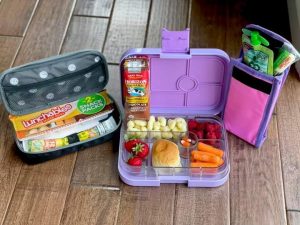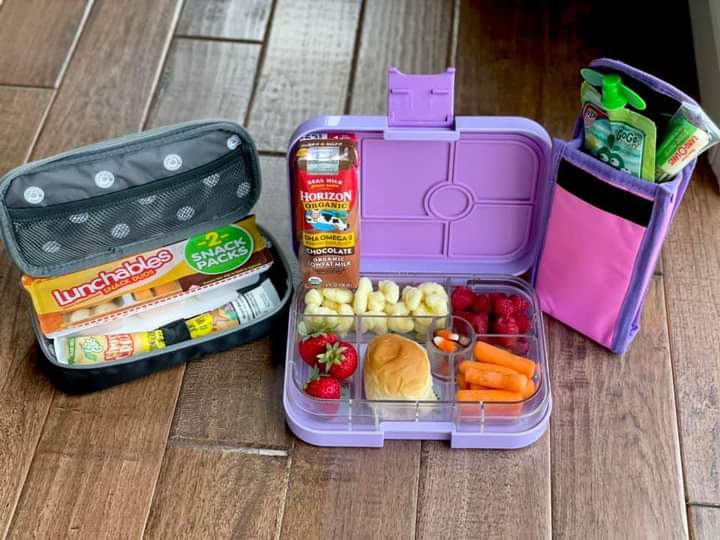School lunch ideas for toddlers in NIGERIA…Nigerian food time table for school children…
LETS PREPARE THEIR LUNCH BAG TOGETHER
l made a post last week and l promised you a template for planning the lunch for your family. It is a gift from a community of mothers, who have mastered the art of nurturing their families with well planned meals.

Whether they are adults, teenagers, toddlers, or even on a special diet, this school meal plan will help you cut cost of money, time and stress. And you children will remain well nourished and well fed.
School lunch ideas for toddlers in NIGERIA.
MONDAY
Main meal: Rice dish and animal protein
Snack: popcorn
Fruit: Juice/zobo
TUESDAY
Main meal: Tuber and animal protein
Snack: Nuts
Fruit: smoothie
WEDNESDAY
Main meal: Beans and animal protein
Snack: homemade snack
Fruit: Fruit in season
THURSDAY
Main meal: Pasta dish and plant protein
Snack: milk shake
Fruit: Fruit in season
FRIDAY
Main meal: pancake, Frittatas, Sandwich, a grain-meal
Snack: biscuit, cookies
Fruit: Fruit juice
As a parent, one of the most important things you do is to help your children learn healthy eating habits while ensuring they get a balanced diet. The various age groups of children need a balanced diet with food from all 3 food groups—vegetables and fruit, whole grain products, and protein foods.
Children need at least 3 meals a day and 1 to 3 snacks (morning, afternoon and possibly before bed). Healthy snacks are just as important as the food you serve at meals.
The best foods are whole, fresh and unprocessed—fresh fruits and vegetables, whole grains, dairy, and meats; and home-cooked meals.
According to Mayoclinic, a your child’s meal should contain these nutrient-dense foods:
Protein. Choose seafood, lean meat and poultry, eggs, beans, peas, soy products, and unsalted nuts and seeds.
Fruits. Encourage your child to eat a variety of fresh, canned, frozen or dried fruits — rather than fruit juice. If your child drinks juice, make sure it’s 100 percent juice without added sugars and limit his or her servings. Look for canned fruit that says it’s light or packed in its own juice, meaning it’s low in added sugar. Keep in mind that one-quarter cup of dried fruit counts as one cup-equivalent of fruit. When consumed in excess, dried fruits can contribute extra calories.
Vegetables. Serve a variety of fresh, canned, frozen or dried vegetables. Aim to provide a variety of vegetables, including dark green, red and orange, beans and peas, starchy and others, each week. When selecting canned or frozen vegetables, look for options lower in sodium.
Grains. Choose whole grains, such as whole-wheat bread, oatmeal, popcorn, quinoa, or brown or wild rice. Limit refined grains such as white bread, pasta and rice.
Dairy. Encourage your child to eat and drink fat-free or low-fat dairy products, such as milk, yogurt, cheese or fortified soy beverages.
Do you find this template helpful? Pls copy and paste.
Pls comment, save this post and share with other homemakers and recipe creators.
I love you
Abimbola Gladys Ojo
www.nimedhealth.com.ng
























